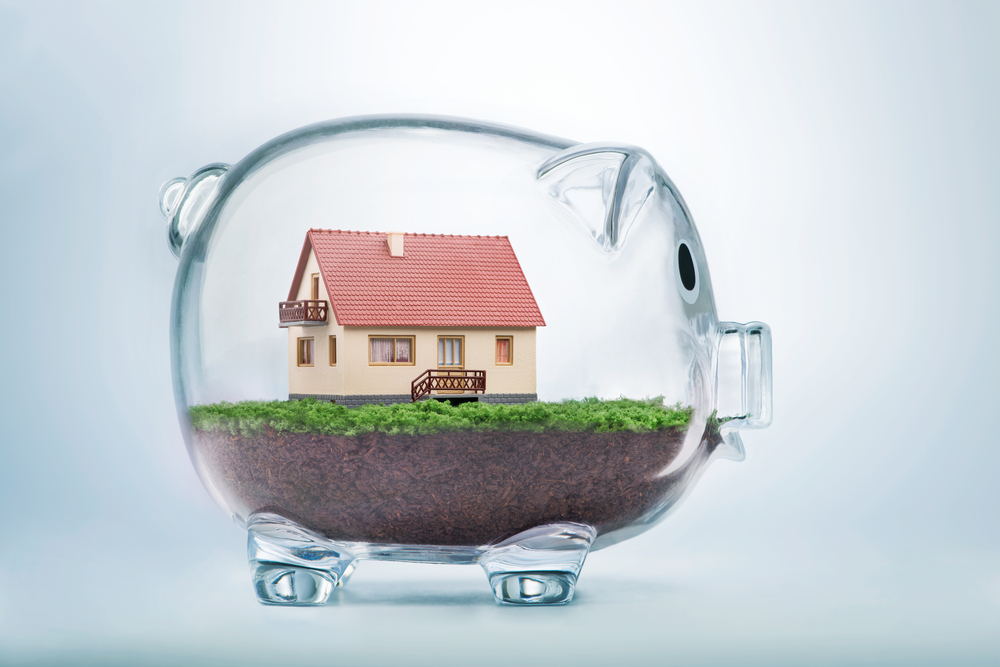First-time Buyer
Rising rates and falling house prices will shave years off saving for a deposit

There’s a small glimmer of hope for first-time buyers as analysis reveals higher savings rates and an expected house price fall could knock years off saving up for a deposit.
The average first-time buyer property price increased 75% between January 2013 and August 2022, while wages are expected to have risen just 7%, the Office for National Statistics’ House Price Index revealed.
According to leading think tank, the Resolution Foundation, first-time buyers are having to stretch their incomes further by becoming more highly leveraged.
And with well-documented deposit constraints, it seems harder than ever before for first-time buyers to get on the property ladder.
But it also noted that house prices could fall by between 8% and 18% due to the combined result of higher mortgage rates and lower disposable incomes.
Higher interest rate to help first-timers
In its An intergenerational audit for the UK: 2022 report, the Resolution Foundation said: “Although higher interest rates will mean higher mortgage payments for current mortgagors, and will disproportionately impact younger homeowners, they could actively help prospective first-time buyers.”
It explained that in general, higher interest rates increase the interest paid to households on their savings and also increase the interest payments made on their debts.
“Because of this, it is traditionally considered that rate rises are more harmful to the young (who tend to be net borrowers) than to older age groups (who tend to have higher levels of net savings).
“However, young non-homeowning households, who are actively saving towards a deposit to get on the property ladder, could be set to gain from higher interest rates. First, higher interest rates would increase the return on their savings, making a small difference to the ease of coming up with a deposit. Second, higher rates are expected to push down house prices.
“Taken together – and with all else equal (in particular, assuming the amount saved stays constant) – this would reduce the amount of years required to save enough for a deposit,” the report authors wrote.
Years off saving for a deposit
Its analysis revealed that for a typical young family, the estimated time to save for a deposit is expected to fall from 15 years in 2022, to 13 years in 2023 and 2024 if house prices fall 8%, based on Lloyds forecasts.
If house prices instead fell by 18% – Lloyds’ worst-case scenario – it would fall to below 12 years in 2023 and 2024.
“However, this does not account for the impact of current cost-of-living pressures on people’s ability to save,” it added.
Fewer people expect to be able to save at all in the next year, though saving a deposit is “particularly important for prospective first-time buyers as they are less likely to have sufficient savings for the deposit than they are to have a lack of sufficient incomes to meet affordability conditions on mortgages.”
As such, at current house prices, it said just 11% of young non-home owning families had the required savings to access homeownership, with less than 5% of young non-home owning families having both the earning and savings required to meet the assumed 4.5 maximum loan-to-income ratio to cover a 10% average first-time buyer deposit.
However, if house prices fell 8% next year, that share could rise by 0.7 percentage points, equivalent to an extra 30,000 young families. Meanwhile, an 18% house price fall would improve affordability even more for young potential first-time buyers.
Lifetime cost of buying a house
The report authors added that for those who bought a house in 2022, they face double the real cash costs than those who bought in 1974.
“However, a sustained fall in house prices would bring down the real lifetime cost of buying a house for first-time buyers, despite buyers facing higher interest rates. The real costs for average first-time buyer in 2024 would fall to £282,000, the lowest they have been since 2017, following an 8% house price fall, and would fall to £252,000, the lowest since 2011 if house prices fell by 18%.
“The combination of fewer years to save for a deposit and lower real lifetime costs for buying a house should help first-time buyers get on the housing market,” it wrote.
However, it added that if house prices don’t fall and instead remain flat for the next two years before resuming normal growth, then the current generations of first-time buyers “would continue to face some of the highest real lifetime costs”.
“Flat house prices would represent a substantial fall in the real value of houses, but this would be outweighed by the fact that first-time buyers are likely to face high interest rate payments in the near term, making their initial mortgage payments a larger share of their incomes. In fact, house prices would need to fall by almost 40% to offset the higher interest rates in the first year of mortgage payments for first-time buyers in 2023,” it wrote.
Further, although lower house prices will reduce the cost for new buyers, they will still be paying more in real terms than the average first-time buyers did through the 1970s, 1980s, 1990s and early 2000s.